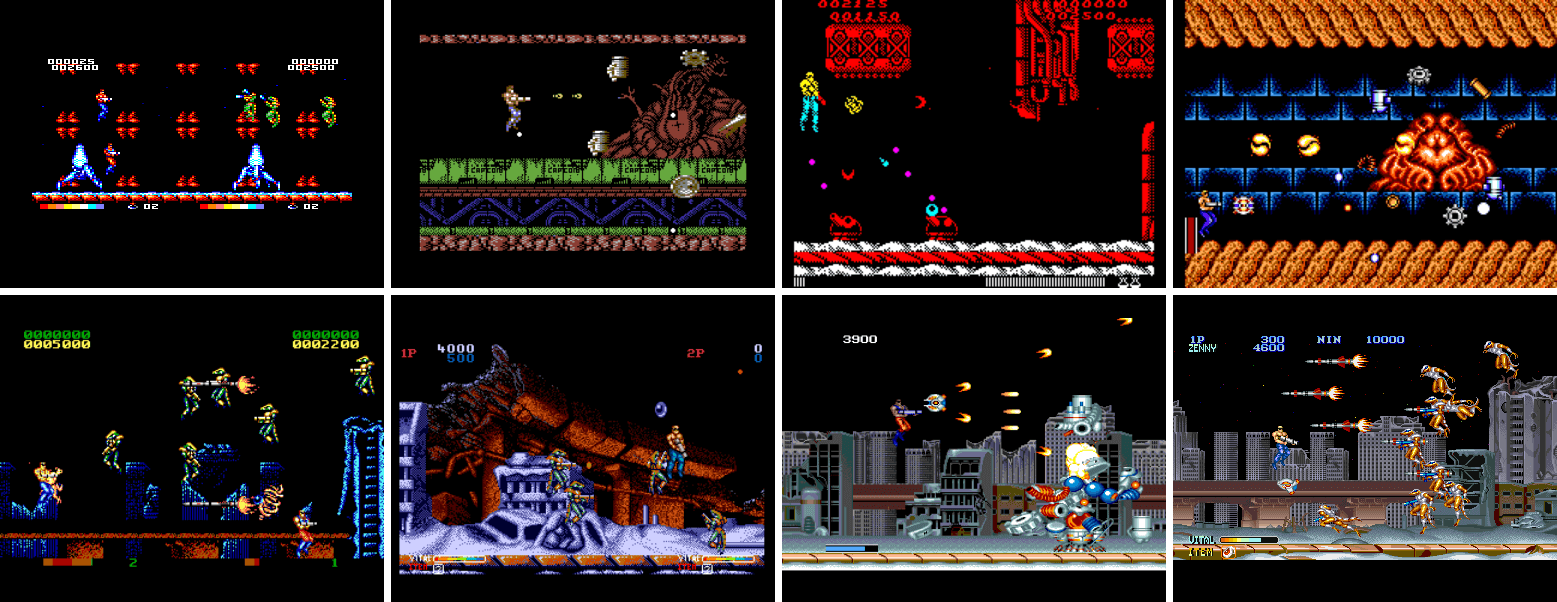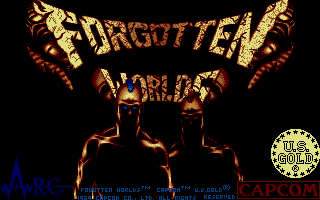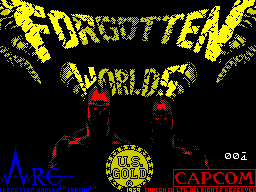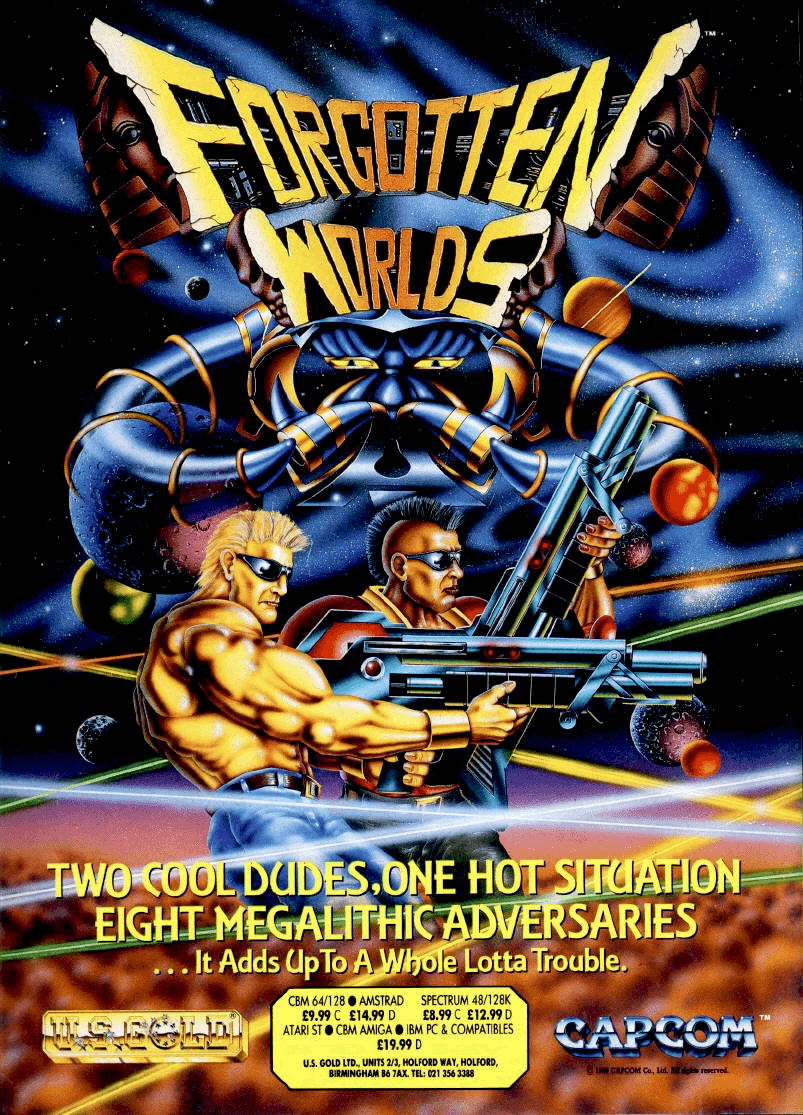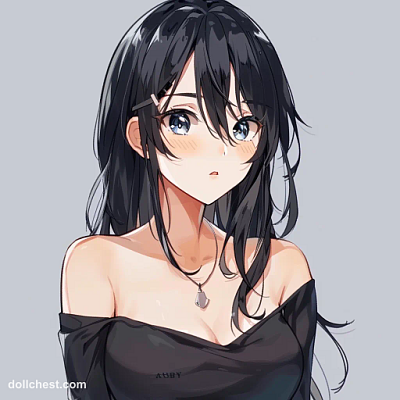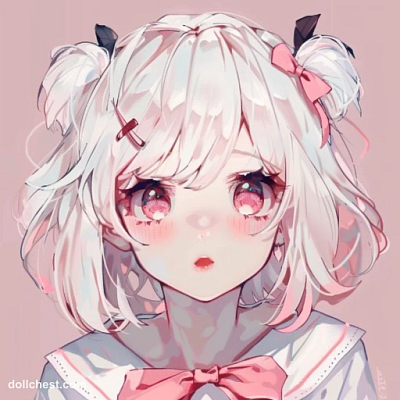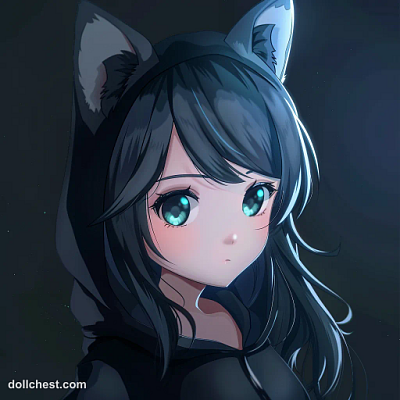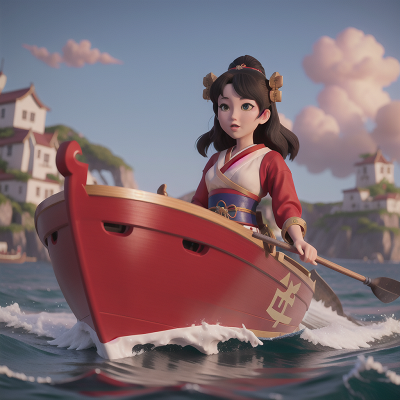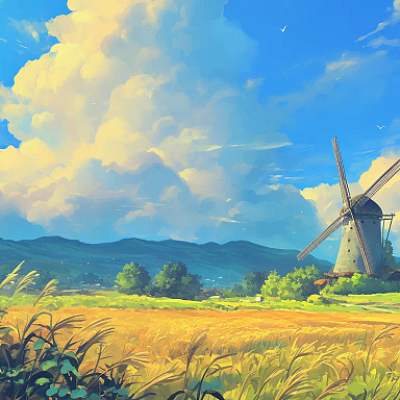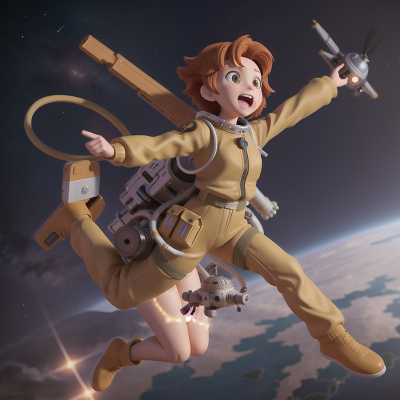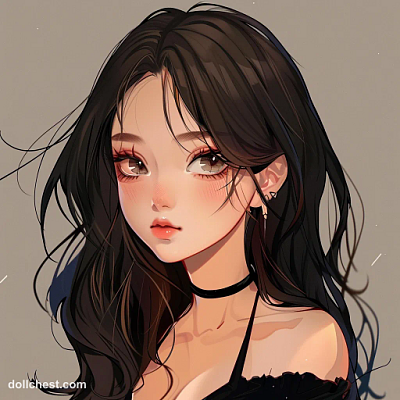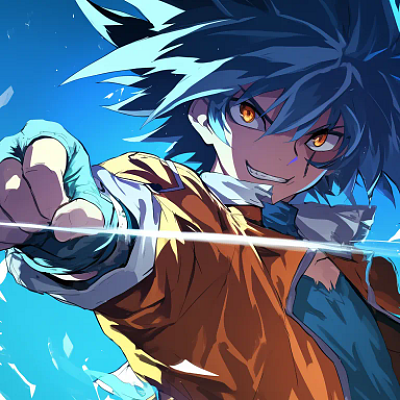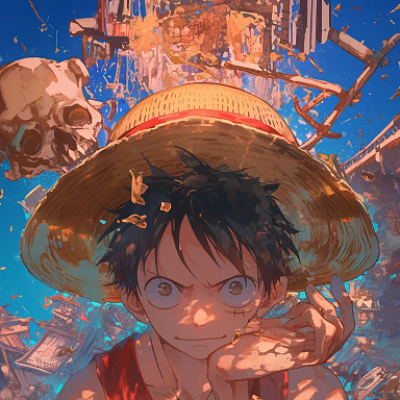Forgotten Worlds - Video Game From The Late 80's
5 years ago • 6,726 Views • 6 Files
Description
Forgotten Worlds, titled Lost Worlds (Japanese: ロストワールド Hepburn: Rosuto Wārudo) in Japan, is a side-scrolling shoot-'em-up game by Capcom originally released as a coin-operated video game in 1988. It is notable for being the first title released by Capcom for their CP System arcade game hardware. Guiding your character around the screen as they fly with jet-packs, guns on full auto, you control a satellite which you rotate around your character for the direction in which your gun is firing. At the end of each level is a boss which needs to be killed to progress.
Enemies that have been killed drop money. At the end of every level is a shop where you can buy weapons, armour, items and first-aid packs.
Development
The game took two years to develop, with a production budget of US$5 million. The game started off as a regular side-scrolling shooter, but Yoshiki Okamoto wanted a more imaginative game. During development, Capcom tried to make the game easier to play, having received criticism about how hard it was to dodge enemy projectiles in previous games. As this was the first game to use the CPS-1, Capcom tried to fully maximize its software capabilities. The game did not generate enough income upon its release due to large numbers of shooter games in the market and there were increased expenses due to a shortage of chips needed for the CPS-1 boards.
Home versions
Forgotten Worlds was first ported to various home computers in Europe by U.S. Gold in 1989. Versions were produced for the Amiga, Atari ST, Commodore 64, ZX Spectrum, Amstrad CPC, TurboGrafx-16 and IBM-compatible PC. These versions of the game were developed by Arc Developments. The development team had four months to make the conversions. Every graphical frame was digitised directly from the arcade version's screen using a DigiView Gold device and stored the data on an Amiga 500 computer. The God of War was hand sketched, redrawn on the computer and colored with Deluxe Paint, although the mirroring function saved time. Even the shop scene was hand sketched from scratch.
All the computer versions required a joystick controller in order to be played and could not be played with the keyboard only (with the exception of the IBM PC version, ZX Spectrum, and Amstrad CPC versions). The player rotated the character in these versions by holding the fire button while pushing the joystick left or right. In the Spectrum sales charts, it was number two, behind Robocop, which was number one every month for most of the year.
A Sega Mega Drive/Genesis version, produced by Sega, was released in Japan on November 18, 1989, with subsequent releases in North America and the PAL region in 1990. The Mega Drive version simulated the controls of the arcade version by using A and C buttons to rotate the character in either direction and the B button for shooting. Unlike in the arcade version, both players are equipped with long-ranged automatic rifles. This version has only seven of the arcade's nine stages and provides an auto-fire feature that can be toggled on or off on the game's settings. In 2008, the Mega Drive version was released on the Wii Virtual Console in North America on November 17 and in Europe on November 28.
A Master System version was also released by Sega in Europe and Brazil. This version is 1-player only and due to the presence of only two buttons on the Master System's standard controller, the buttons are used solely to rotate the character, who shoots automatically. The Megacrush attack is performed in this version by pressing both buttons simultaneously.
The Turbografx-16 version, produced by NEC Avenue was released in Japan on March 27, 1992. It was released as a Super CD-ROM² title which supported a specialized 3-button controller that NEC released only in Japan. An American version for the TurboGrafx 16 was released by Turbo Technologies Inc. as well. With the 3-button controller, the player can control their character as they would in the Mega Drive version, with two buttons to rotate the character and one to shoot. With the standard TurboGrafx-16 controller, the Run button is used in the place of the third button to rotate the character to the left. The TurboGrafx-16 is one-player only, but allows the player to select between either of the two Unknown Soldiers at the start of the game (with their respective abilities from the arcade version retained).
Text
The game includes one of the best Engrish texts, similar to Zero Wing's All your base are belong to us. In the seventh level's end intermission there is a quote from a blonde guy: You cannot stop me with paramecium alone! It has been used in many forum signatures.
Legacy
An emulation of the original arcade version is included in the 2005 compilation Capcom Classics Collection Vol.1 for the PlayStation 2 and Xbox, as well as in 2006's Capcom Classics Collection: Remixed for the PlayStation Portable. Both, the PS2 and Xbox version, allows the player to use their respective controllers' right analog sticks to control the player character's aim. In 2008 the Sega Mega Drive/Genesis version was ported to the Wii console.
Alternate Titles
"Lost Worlds" -- Japanese arcade title
"フォゴッテンワールド" -- Japanese spelling
[Versions released in the '90s] 1991 - Master System/PC 1992 - PC Engine CD
![Image For Post | **Description**
Forgotten Worlds, titled Lost Worlds (Japanese: ロストワールド Hepburn: Rosuto Wārudo) in Japan, is a side-scrolling shoot-'em-up game by Capcom originally released as a coin-operated video game in 1988. It is notable for being the first title released by Capcom for their CP System arcade game hardware.
Guiding your character around the screen as they fly with jet-packs, guns on full auto, you control a satellite which you rotate around your character for the direction in which your gun is firing. At the end of each level is a boss which needs to be killed to progress.
Enemies that have been killed drop money. At the end of every level is a shop where you can buy weapons, armour, items and first-aid packs.
**Development**
The game took two years to develop, with a production budget of US$5 million. The game started off as a regular side-scrolling shooter, but Yoshiki Okamoto wanted a more imaginative game. During development, Capcom tried to make the game easier to play, having received criticism about how hard it was to dodge enemy projectiles in previous games. As this was the first game to use the CPS-1, Capcom tried to fully maximize its software capabilities. The game did not generate enough income upon its release due to large numbers of shooter games in the market and there were increased expenses due to a shortage of chips needed for the CPS-1 boards.
**Home versions**
Forgotten Worlds was first ported to various home computers in Europe by U.S. Gold in 1989. Versions were produced for the Amiga, Atari ST, Commodore 64, ZX Spectrum, Amstrad CPC, TurboGrafx-16 and IBM-compatible PC. These versions of the game were developed by Arc Developments. The development team had four months to make the conversions. Every graphical frame was digitised directly from the arcade version's screen using a DigiView Gold device and stored the data on an Amiga 500 computer. The God of War was hand sketched, redrawn on the computer and colored with Deluxe Paint, although the mirroring function saved time. Even the shop scene was hand sketched from scratch.
All the computer versions required a joystick controller in order to be played and could not be played with the keyboard only (with the exception of the IBM PC version, ZX Spectrum, and Amstrad CPC versions). The player rotated the character in these versions by holding the fire button while pushing the joystick left or right. In the Spectrum sales charts, it was number two, behind Robocop, which was number one every month for most of the year.
A Sega Mega Drive/Genesis version, produced by Sega, was released in Japan on November 18, 1989, with subsequent releases in North America and the PAL region in 1990. The Mega Drive version simulated the controls of the arcade version by using A and C buttons to rotate the character in either direction and the B button for shooting. Unlike in the arcade version, both players are equipped with long-ranged automatic rifles. This version has only seven of the arcade's nine stages and provides an auto-fire feature that can be toggled on or off on the game's settings. In 2008, the Mega Drive version was released on the Wii Virtual Console in North America on November 17 and in Europe on November 28.
A Master System version was also released by Sega in Europe and Brazil. This version is 1-player only and due to the presence of only two buttons on the Master System's standard controller, the buttons are used solely to rotate the character, who shoots automatically. The Megacrush attack is performed in this version by pressing both buttons simultaneously.
The Turbografx-16 version, produced by NEC Avenue was released in Japan on March 27, 1992. It was released as a Super CD-ROM² title which supported a specialized 3-button controller that NEC released only in Japan. An American version for the TurboGrafx 16 was released by Turbo Technologies Inc. as well. With the 3-button controller, the player can control their character as they would in the Mega Drive version, with two buttons to rotate the character and one to shoot. With the standard TurboGrafx-16 controller, the Run button is used in the place of the third button to rotate the character to the left. The TurboGrafx-16 is one-player only, but allows the player to select between either of the two Unknown Soldiers at the start of the game (with their respective abilities from the arcade version retained).
**Text**
The game includes one of the best Engrish texts, similar to Zero Wing's All your base are belong to us. In the seventh level's end intermission there is a quote from a blonde guy: You cannot stop me with paramecium alone! It has been used in many forum signatures.
**Legacy**
An emulation of the original arcade version is included in the 2005 compilation Capcom Classics Collection Vol.1 for the PlayStation 2 and Xbox, as well as in 2006's Capcom Classics Collection: Remixed for the PlayStation Portable. Both, the PS2 and Xbox version, allows the player to use their respective controllers' right analog sticks to control the player character's aim. In 2008 the Sega Mega Drive/Genesis version was ported to the Wii console.
**Alternate Titles**
"Lost Worlds" -- Japanese arcade title
"フォゴッテンワールド" -- Japanese spelling
[Versions released in the '90s]
1991 - Master System/PC
1992 - PC Engine CD](https://cdn.imgchest.com/files/dmyd5cznw4b.png)
